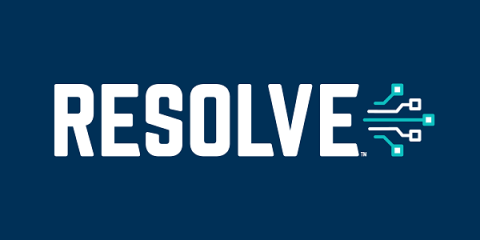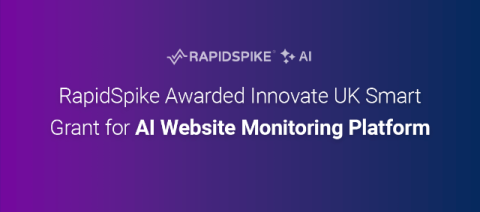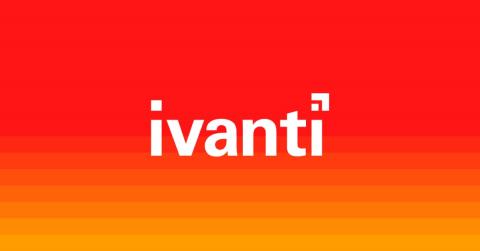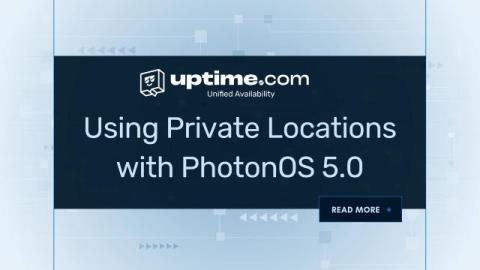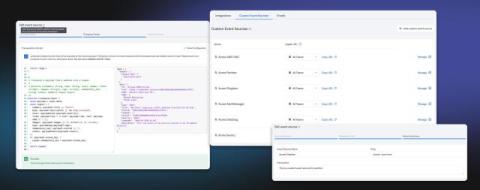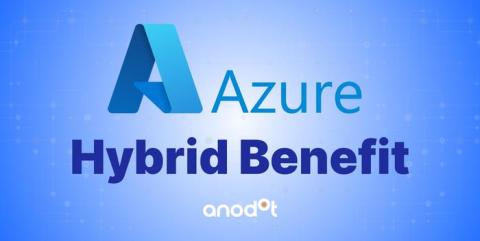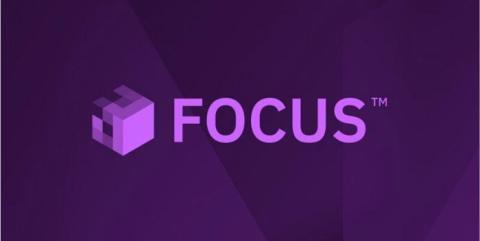Beyond Monitoring: Empowering NOCs with Automation
In the ever-evolving landscape of network operations, the role of Network Operations Centers (NOCs) has become increasingly complex and demanding. Traditional monitoring and observability tools have been crucial in identifying and alerting teams to potential issues. However, as networks grow in complexity with the advent of IoT, 5G, and other digital advancements, the sheer volume of data and incidents can overwhelm even the most robust monitoring systems.


